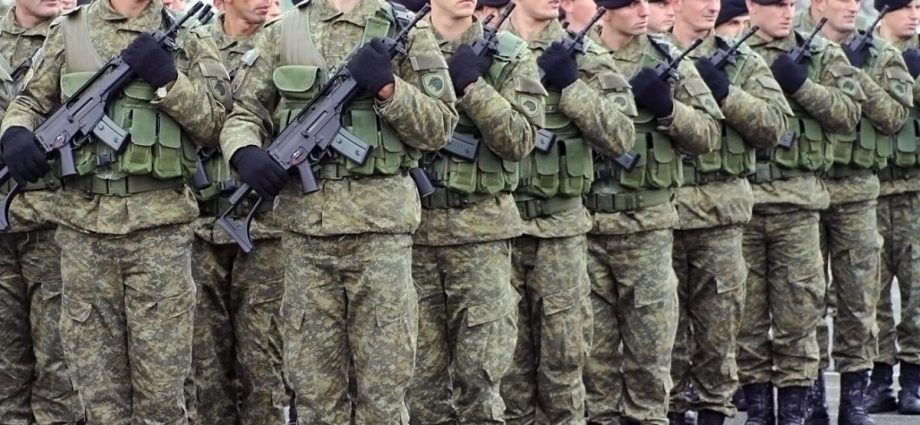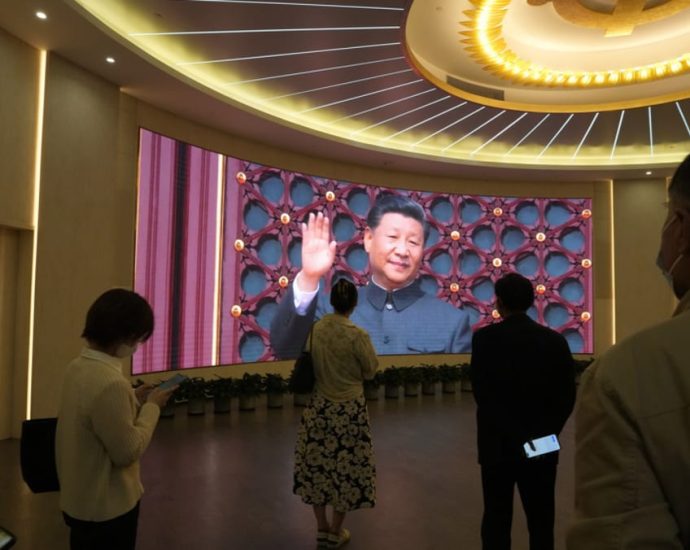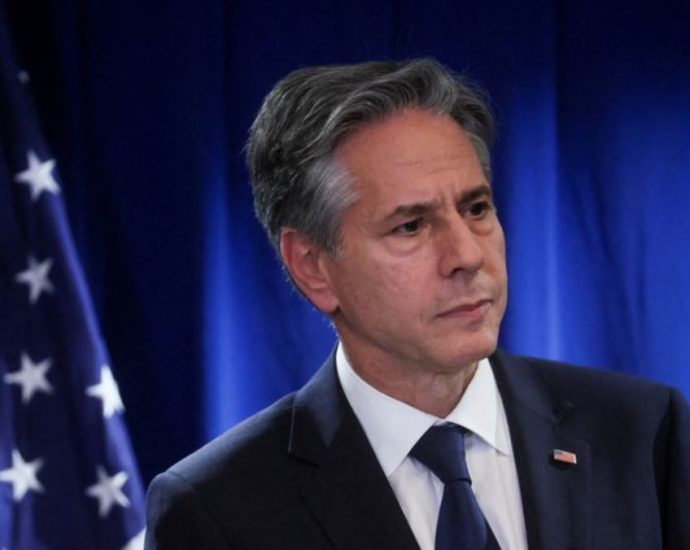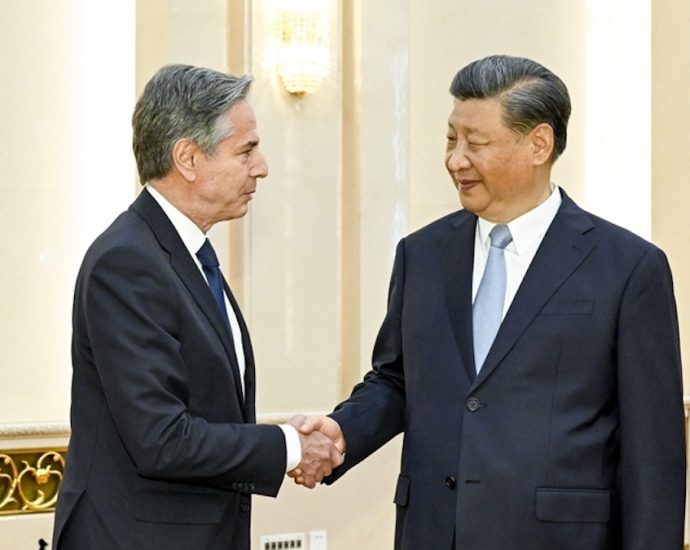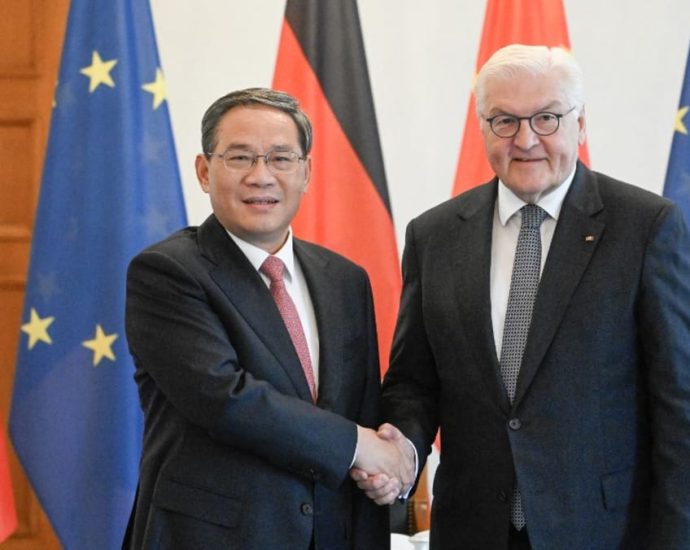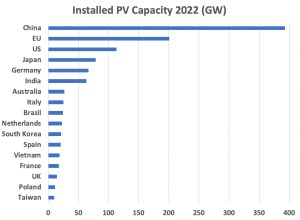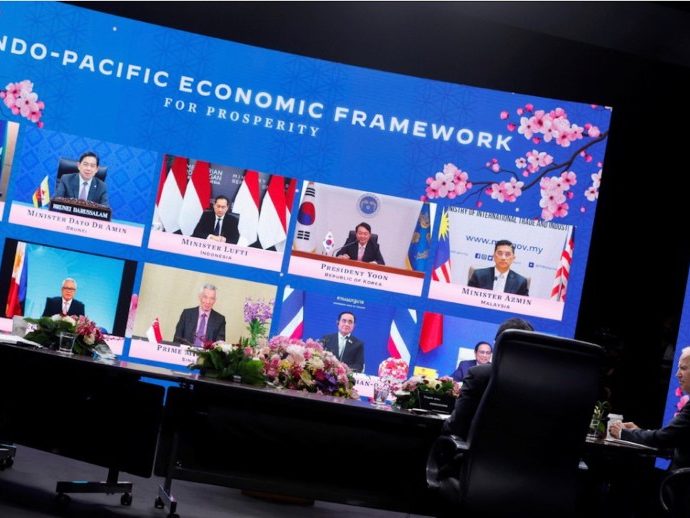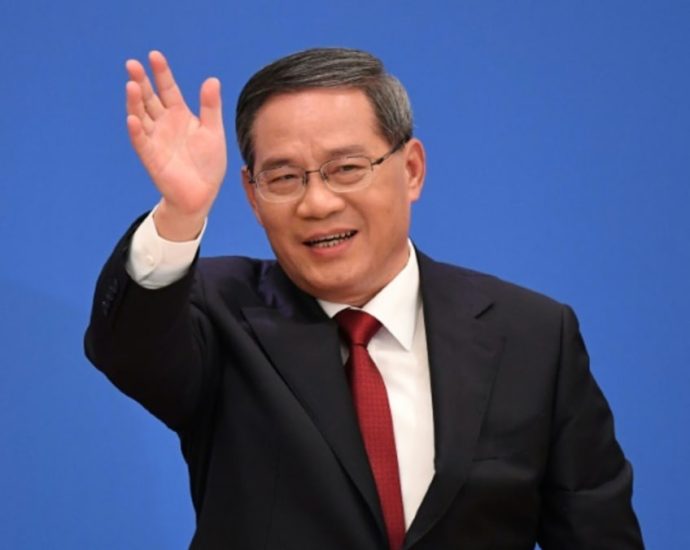Turkey eyes Balkan influence amid Serbia-Kosovo tensions

With Recep Tayyip Erdogan having secured another five years in power, the Turkish president is seeking to increase Turkey’s influence in the Balkans – a region that was part of the Ottoman Empire for centuries.
Spiking tensions in northern Kosovo present such an opportunity. Although southeastern Europe remains firmly in the United States’ geopolitical orbit, Ankara likely aims to start playing the role of mediator in disputes between Belgrade and Pristina.
The situation in Kosovo near the Serbian border, where ethnic Serbs make up the majority of the population, escalated on May 26 when the Albanian-dominated Kosovo police special forces (ROSU) seized four municipal buildings in the area, aiming to help newly elected ethnic-Albanian mayors take office.
The Serb population overwhelmingly boycotted elections on April 23, so while the votes were free and fair, the results did not reflect the wishes of the majority in the region.
ROSU’s actions infuriated the United States and – despite being Kosovo’s major backer – Washington expelled Pristina from American-led military exercises in Europe. Instead, US troops held joint military drills with the Serbian army near the town of Bujanovac, not far from Kosovo.
Quite aware that he cannot count on full Western support, Kosovar Prime Minister Albin Kurti may start looking for alternative partners, hoping to improve Pristina’s positions in the international arena. Could Turkey be one of them?
Ankara has deployed around 500 Turkish commandos to northern Kosovo in response to a NATO request for troops to help quell the unrest. They have already started patrolling the Serb-dominated municipalities in the north. More important, Turkey is expected soon to take over the command of the US-dominated NATO mission in Kosovo.
But even though Ankara is traditionally seen as an ally of Balkan Muslims, including Albanians, that does not necessarily mean Erdogan will side with Kurti against the ethnic-Serb majority in northern Kosovo. However, the Kosovar prime minister’s recent meeting with the Turkish ambassador to Pristina undoubtedly represents his attempt to gain Ankara’s support amid his confrontation with the US.
Turkey expands influence abroad
It is no secret that Turkey aims to become one of the most influential foreign actors in the Balkans. It already plays an important “peacemaking” role in various conflicts, from Syria, through Libya, to Ukraine, where Ankara’s mediation led to the grain deal signed between Moscow and Kiev.
Since the European Union-facilitated dialogue between Belgrade and Pristina did not lead to an easing of tensions in northern Kosovo, Erdogan sees a window of opportunity for Ankara to mediate the conflict.
Even though Turkey unreservedly supports Kosovo’s 2008 unilaterally declared independence from Serbia, Erdogan seems to be opting for a constructive, balanced approach, which also implies respect for Serbian interests in the region.
Belgrade – as well as EU members Spain, Greece, Romania, Slovakia and Cyprus – sees Kosovo as an integral part of Serbia, which is why Turkey is attempting to balance its strong economic ties with the southeastern European nation, with its historic and cultural ties with Kosovo Albanians.
In 2013, when Erdogan was prime minister, his statement that “Kosovo is Turkey, and Turkey is Kosovo” drew strong criticism in Belgrade. Ten years later, Serbian President Aleksandar Vucic sees Erdogan as an actor who can “help preserve stability in northern Kosovo,” and also as a “true friend” of Serbia.
Indeed, despite different views on the status of Kosovo, relations between Belgrade and Ankara have significantly improved over the past decade. Serbian citizens can travel to Turkey without passports, while Ankara continues strengthening its economic presence in the Balkan nation.
Around 3,300 Turkish companies are operating in Serbia, 21 of which are factories. Further, the total trade exchange between Serbia and Turkey reached almost €2.5 billion (US$2.7 billion) in 2022, while the trade volume between Turkey and Kosovo was much lower, accounting for $696 million.
Arms sales
Belgrade and Ankara – despite Turkey being a member of the North Atlantic Treaty Organization, and Serbia remaining militarily neutral – are also expected to increase military cooperation, especially after Erdogan reportedly promised to provide the landlocked Balkan nation with Bayraktar drones.
However, the Kosovo Security Force has already received five Turkish-made drones, which means that Turkey likely aims to benefit by selling weapons to both sides.
An increased Turkish military presence in Kosovo will undoubtedly help Ankara strengthen its positions in the region, especially now that the West is preoccupied with the war in Ukraine. At the same time, it will help Erdogan portray himself as an ascendant, impartial partner for both Belgrade and Pristina.
But given that the United States, with its Kosovo-based Camp Bondsteel – the largest and most expensive foreign military base built by the US in Europe since the Vietnam War – remains the major foreign power operating in the Balkans, Turkey is unlikely to be in a position to pursue a completely independent foreign policy in the region.
Instead, Ankara will almost certainly have to coordinate most of its moves carefully with Washington.
This article was provided by Syndication Bureau, which holds copyright.
Follow Nikola Mikovic on Twitter @nikola_mikovic.

